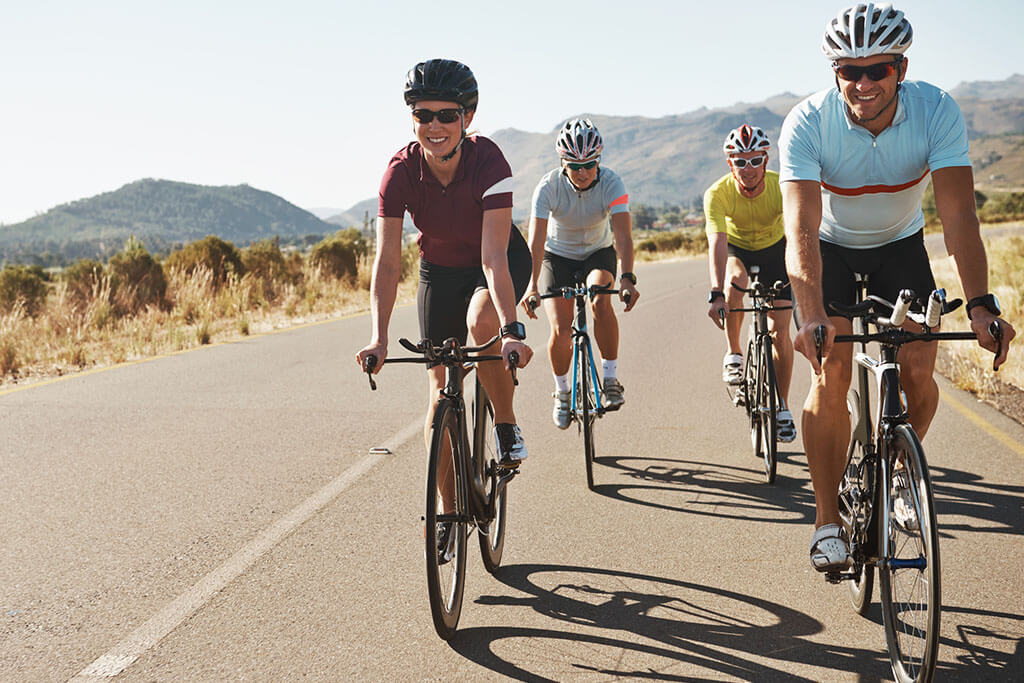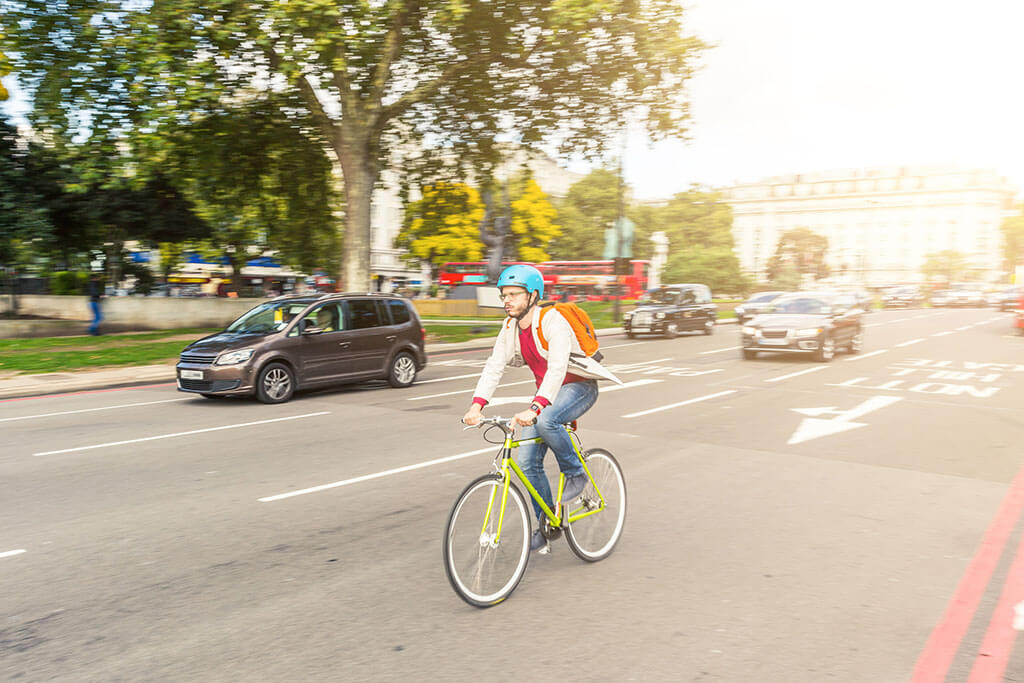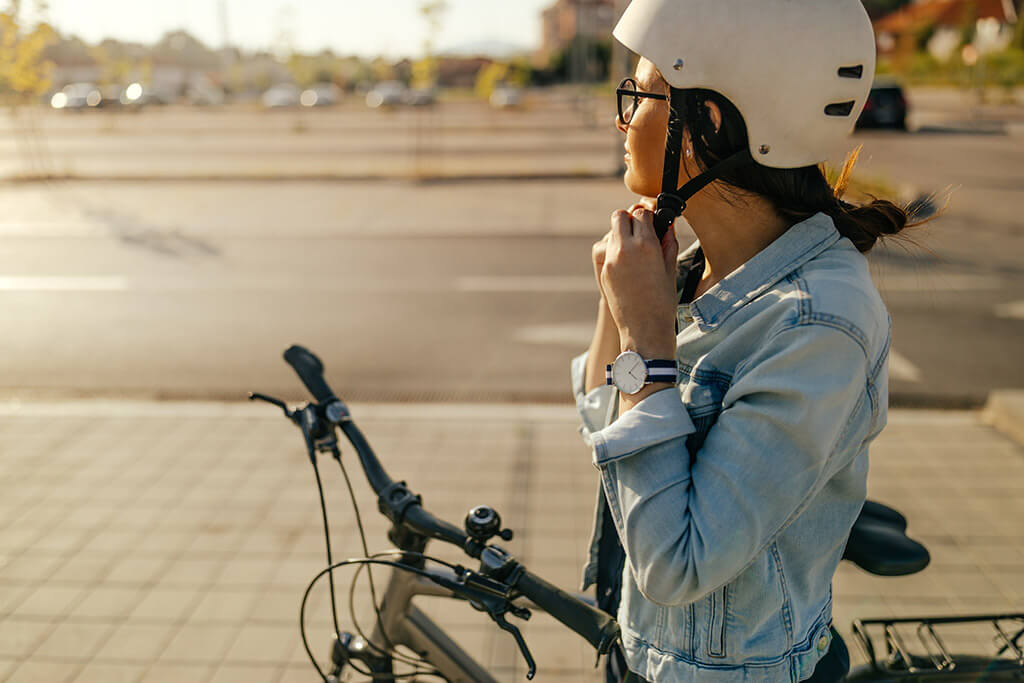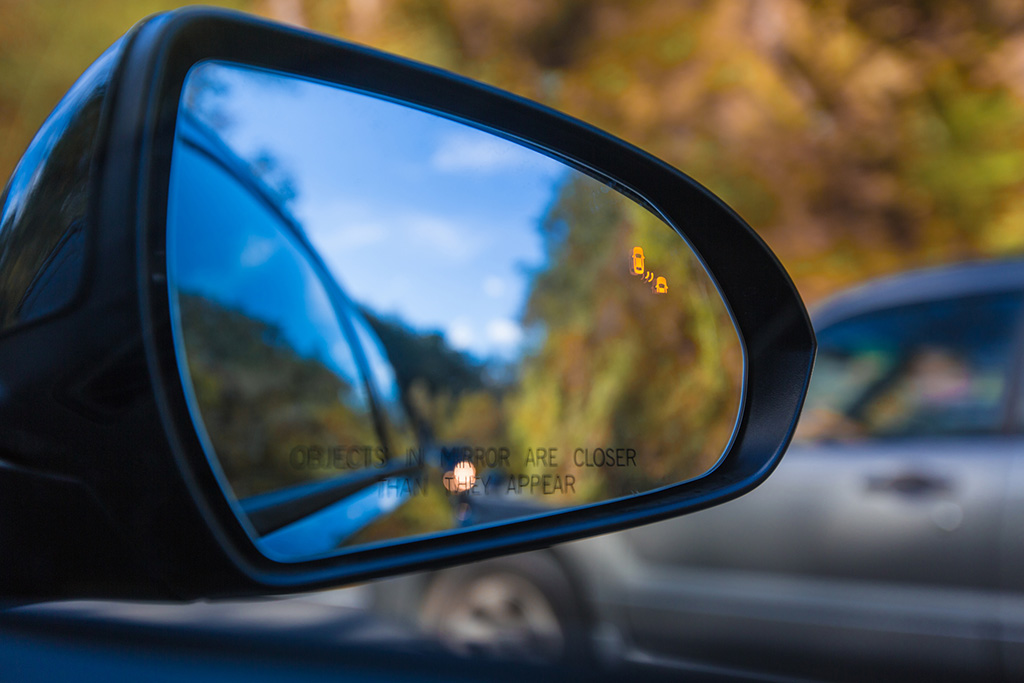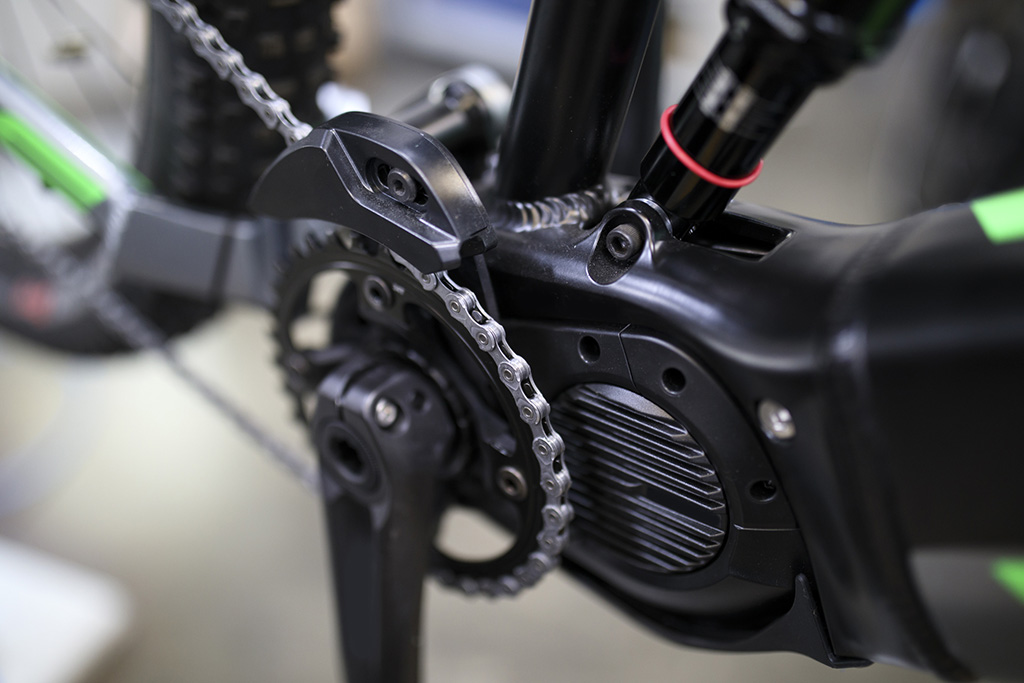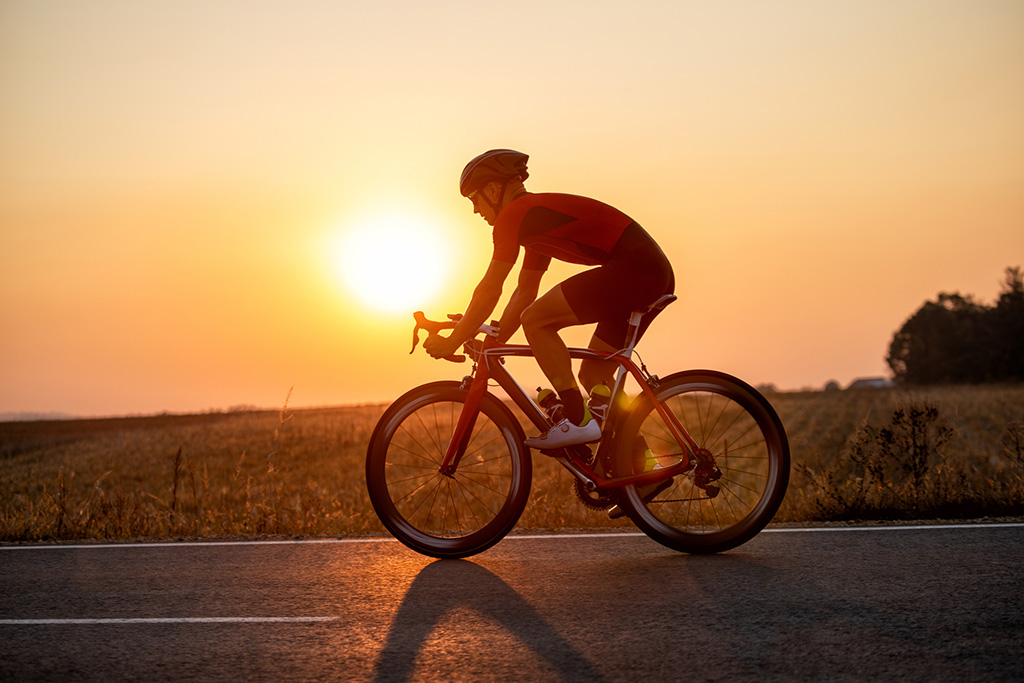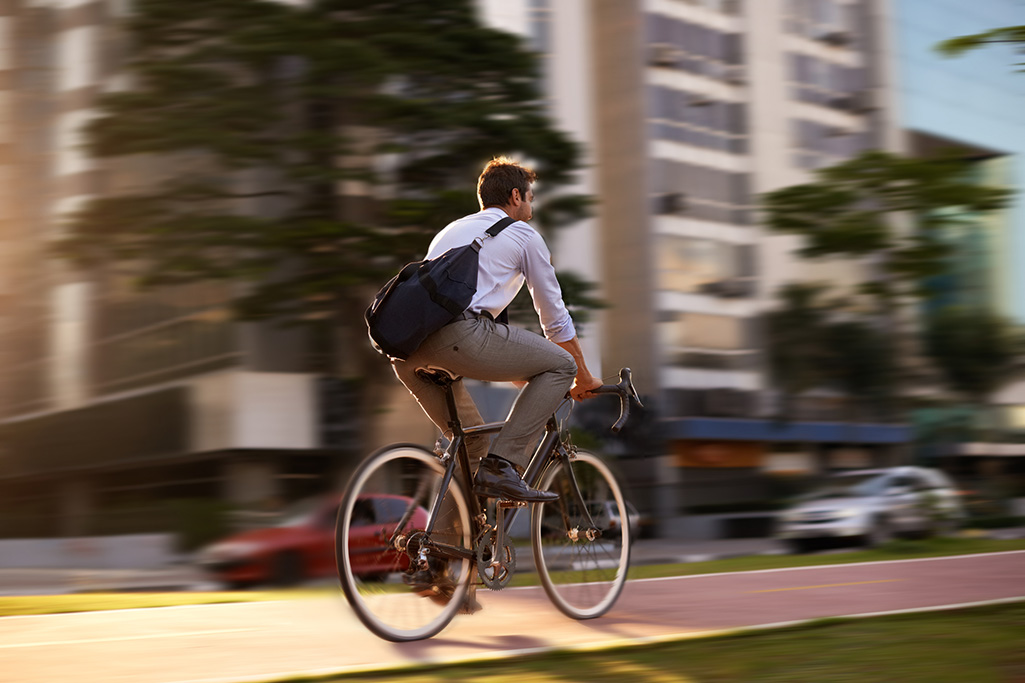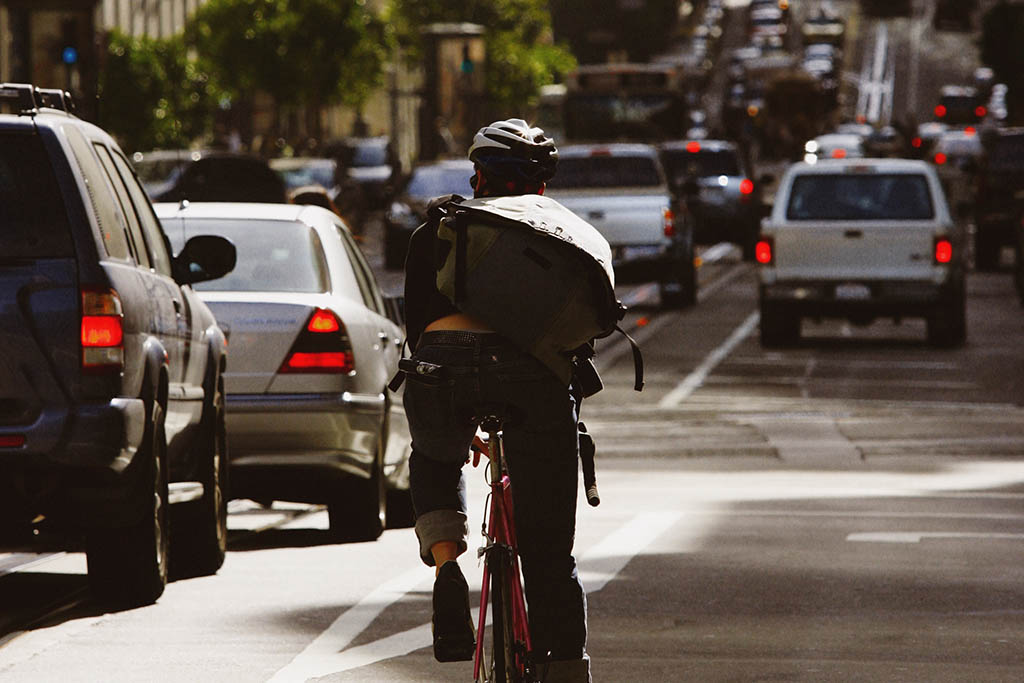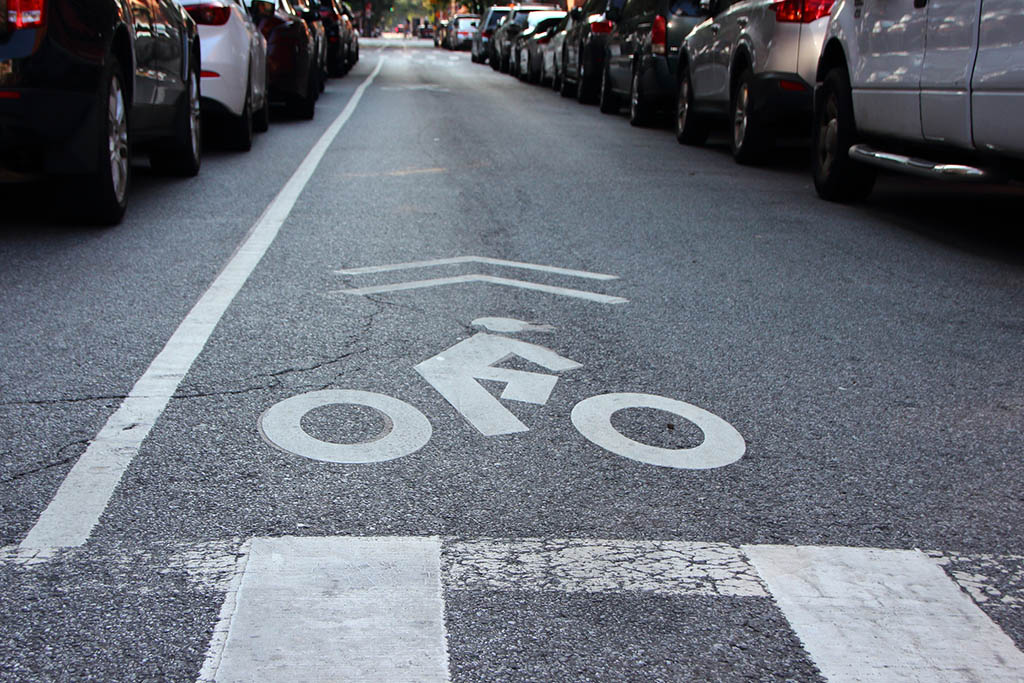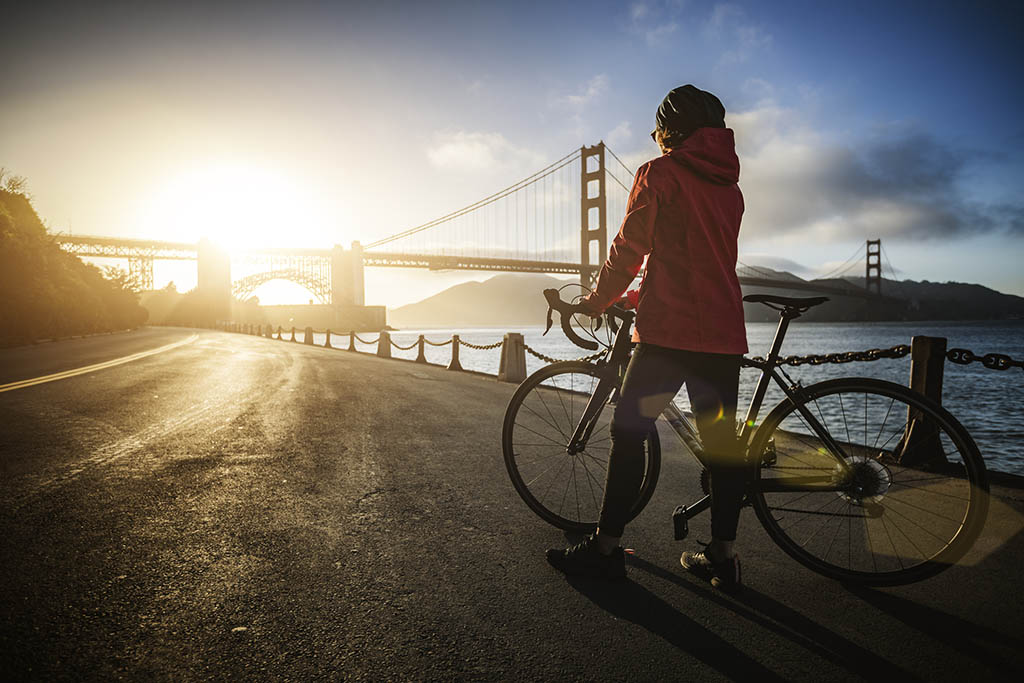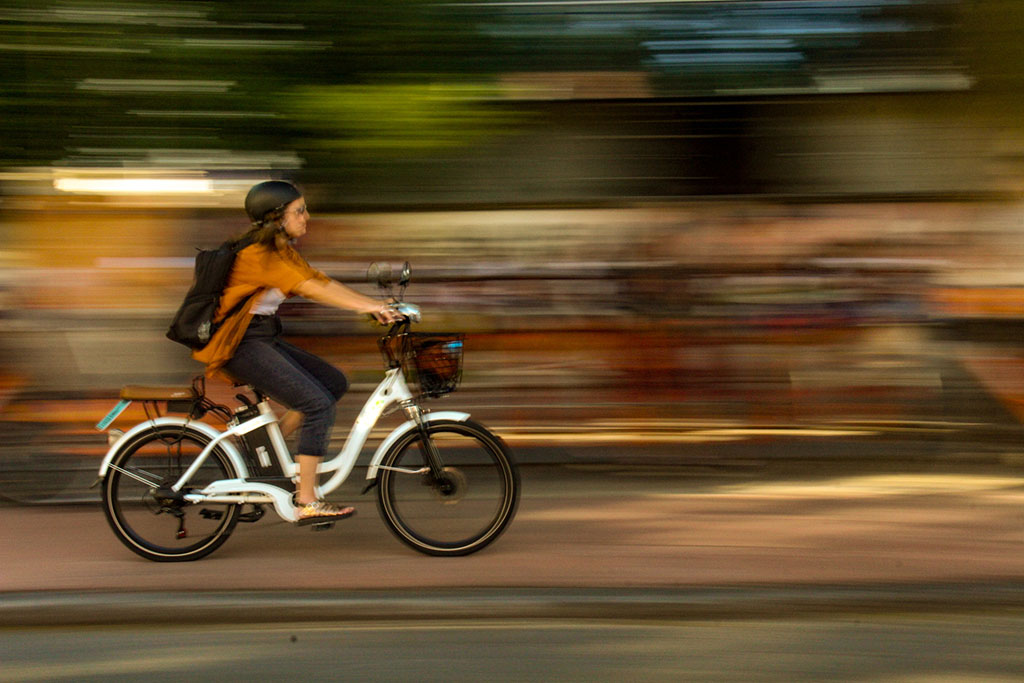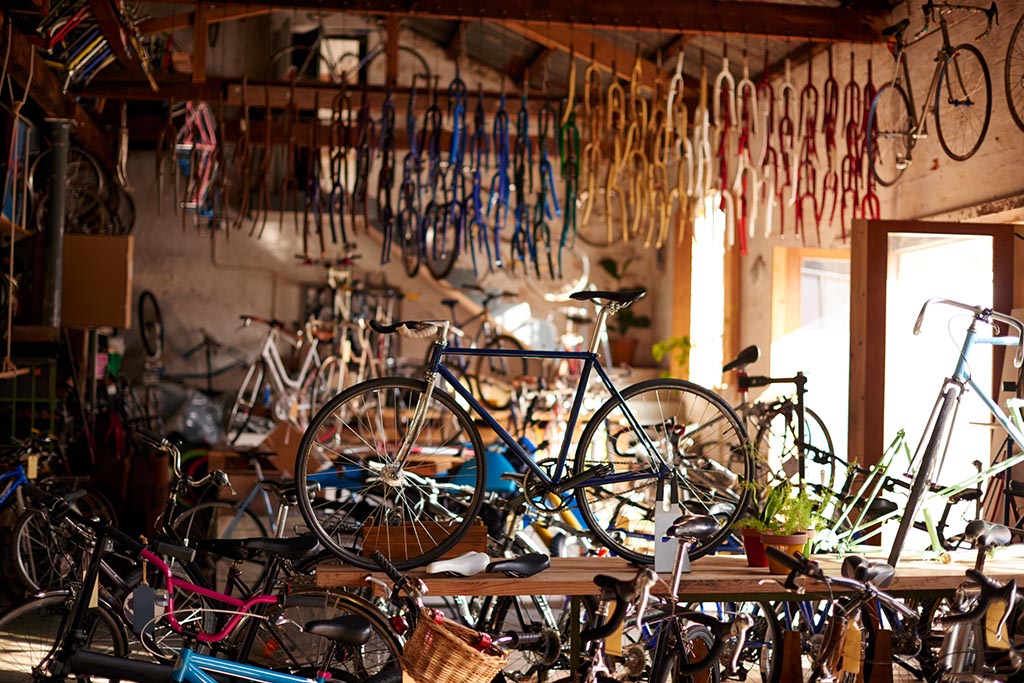If you’re the type of cycling enthusiast who loves sharing the joys of the road with others, it’s been a tough 18 months. The COVID-19 pandemic has put a significant damper on the communal aspect of cycling, with many races being canceled and many other events delayed. Fortunately, with recent vaccine progress, group activity is less risky than it was during the worst of the pandemic.
This raises an important question: Is it safe to share the road with others on a group bike ride?
Let’s take a closer look.
Riding in a Group: Is it Safe Again?
A recent article in bicycle.com explored the issue of cycling during COVID-19. With many U.S. states having differing levels of outbreaks — and lots of conflicting information out there — it’s difficult to gauge whether certain activities are safe.
Bicycling.com notes that guidance on this issue must be understood in the context of where you live (some states have much higher case counts) and your own personal risk tolerance (some cyclists are much more likely to be seriously affected by the virus).
That said, there are a few things to consider:
Health experts believe outdoor transmission is much more difficult than transmission in enclosed spaces, so this is a significant point in favor of riding outside, even in groups.
Trust among riding partners is key. If those joining your group ride are not feeling well, it’s imperative that they stay home.
Avoid stopping for a coffee at your favorite mid or post-ride break spot. This can help you avoid the crowds.
Maintain at least ten to twelve feet of distance during the ride. This means choosing an area where you can spread out as a group. While six feet of distance might be OK for the general public, cycling occurs at high speed and those riding behind another person will quickly occupy the air space of the person in front.
The smaller the group, the better.
Is community spread of the virus low in your area?
Wearing a mask during a group ride can help limit transmission.
Avoid using crowded public restrooms.
Vaccinate yourself — and ride with others who are vaccinated.
The Bottom Line for Summer 2021
With case counts in the U.S. reaching new lows — and more than half of Americans having received at least one dose of a COVID-19 vaccine — the risk of taking a bike ride with friends has sharply decreased.
Additionally, the Centers for Disease Control recently adjusted its guidance for outdoor activity, asserting that the risk of outdoor spread is low.
While you should still exercise reasonable caution, we believe today is a great day for a bike ride with friends.
Finding the Right Bicycle Accident Attorney
Gary Brustin is a lifelong cyclist and a specialist in bicycle accident law. In fact, these are the only types of cases he accepts. If you’ve been injured in a collision, we urge you to contact Gary for a complimentary consultation.
